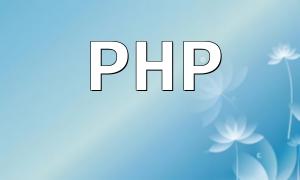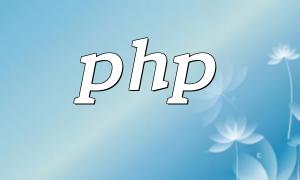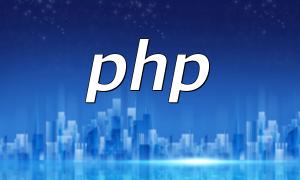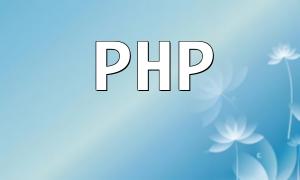In enterprise PHP applications, Domain-Driven Design (DDD) is a common architectural approach. DDD emphasizes modeling the business domain rather than the technical implementation. By defining bounded contexts, entities, value objects, and other domain concepts, DDD improves code readability, maintainability, and scalability.
Service layer architecture is a layered approach that separates the application's business logic from the presentation layer and data access layer. The service layer is responsible for processing business rules, initiating queries, and saving changes. A finer division can further break it down into an application layer and a domain layer, handling application-level and domain-level business logic respectively.
Microservices architecture is a modern approach to building large applications. It breaks down an application into independent, loosely coupled smaller services. Each microservice focuses on a specific responsibility and can communicate via APIs. Microservices architecture offers scalability, fault tolerance, and resilience.
Event-Driven Architecture (EDA) is an asynchronous approach that uses event messaging to trigger actions. When a specific event occurs, the application generates an event that is processed by the messaging system. Subscribers can listen for events and take appropriate actions. EDA enhances the application's loose coupling and responsiveness.
Case 1: E-commerce Website
Case 2: Enterprise Resource Planning (ERP) System
The above content provides a detailed overview of PHP enterprise application architecture design methods and practical experiences, applicable to e-commerce and enterprise management system development.








